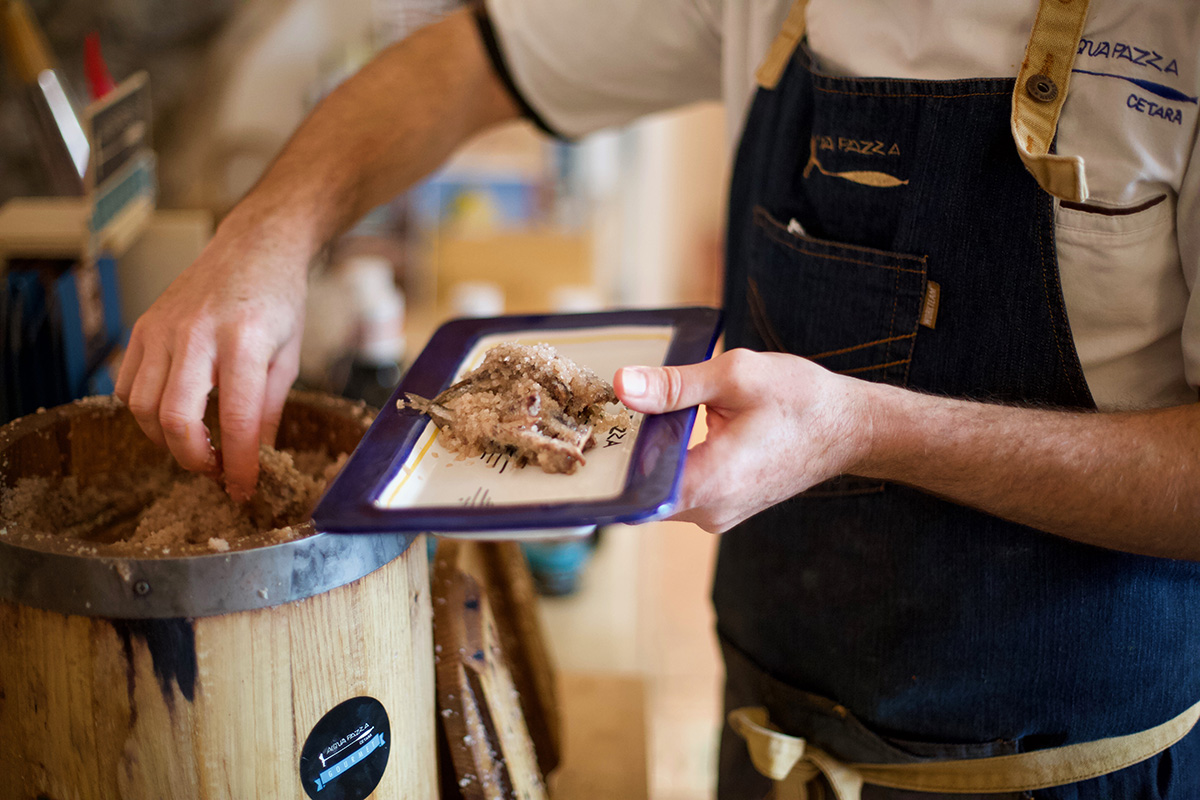One-day itinerary on the Amalfi Coast
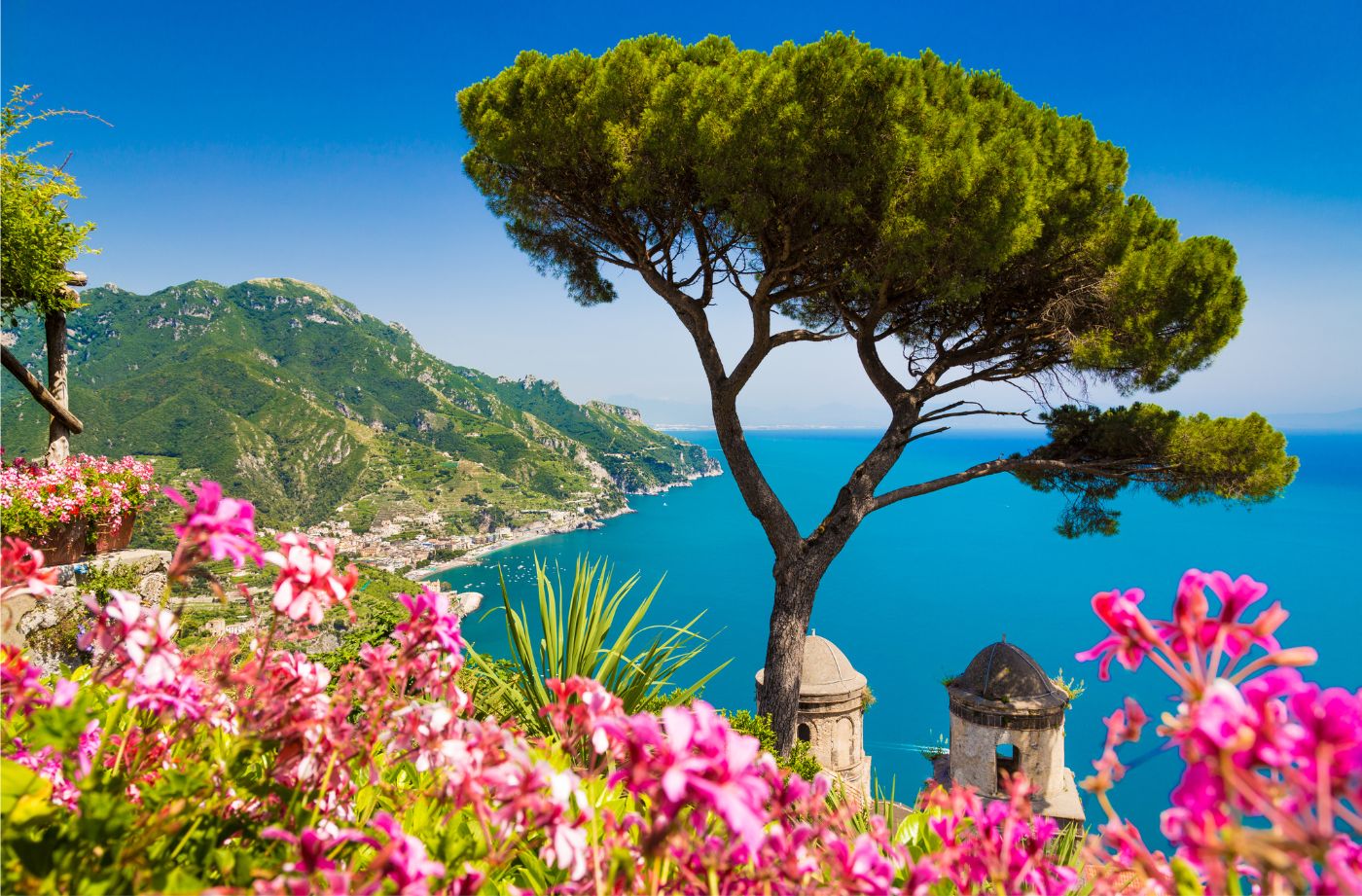
Do you only have one day to visit the Amalfi Coast? Here is a wonderful itinerary that will allow you to capture the essence of the coast, while leaving you wanting more. There are so many things to see and do that even months might not be enough to discover it all.
Start your day with a visit to the Church of San Gennaro Vescovo e Martire in Praiano. Located in the square of the same name (from which you can enjoy a wonderful panoramic view), it is one of the most beautiful religious buildings on the Amalfi Coast. It was built between 1589 and 1602 on the ruins of a previous 13th-century church, also dedicated to San Gennaro. The exterior features an elegant bell tower (dating back to the 18th century) and a splendid oval dome decorated with colourful majolica tiles in traditional Amalfi style. Inside, you can admire a beautiful majolica floor (the original from 1771 was replaced by a copy in 1966) reproducing polychrome geometries and naturalistic elements in very strong colours, as well as several interesting paintings, including one depicting the martyrdom of San Gennaro and another depicting the martyrdom of San Bartolomeo (painted by Giovan Battista Lama in 1747).
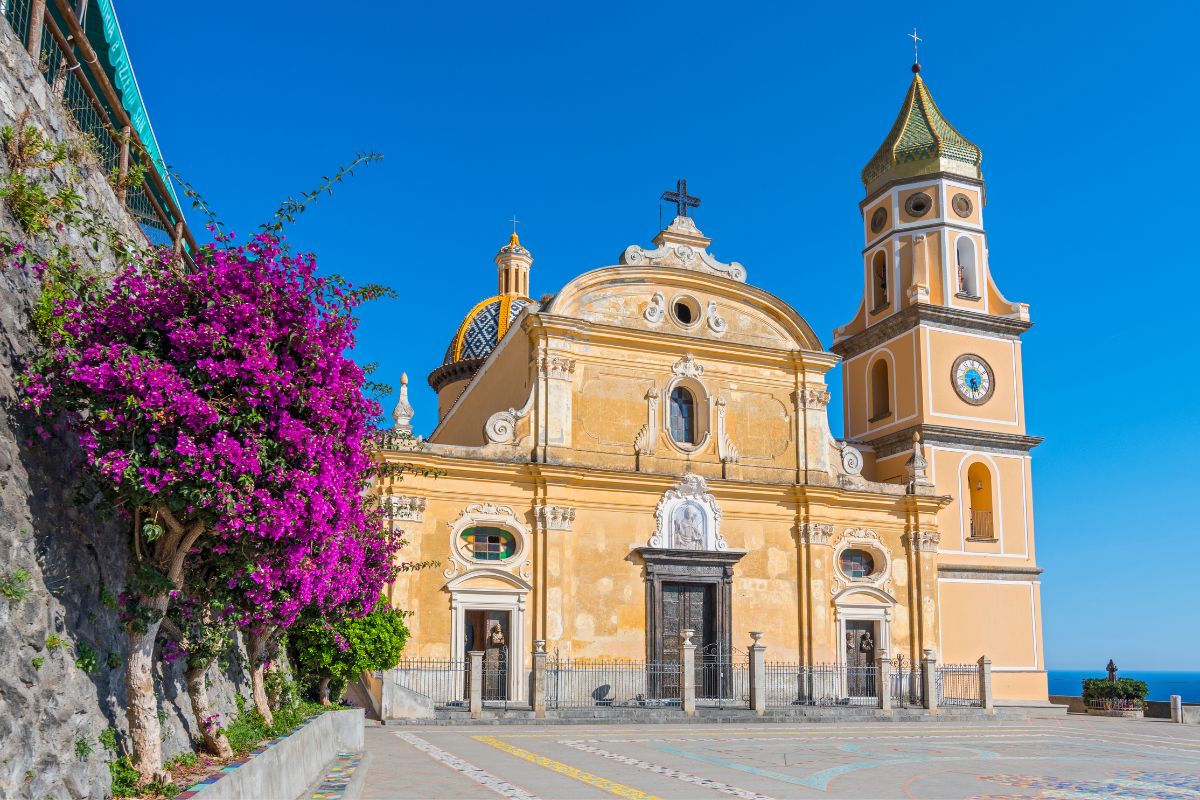
The second stop is the Furore Fjord, where the wild nature of the Amalfi Coast is at its most beautiful. It is a spectacular inlet nestled between two mountain slopes, which looks like something out of a postcard. At the edge of the sea, there is a small white pebble beach, just 25 metres long, framed by the steep walls of the valley and overlooked by the bridge of the state road that cuts through the narrow gorge. The great film director Roberto Rossellini was so fascinated by it that he shot several scenes from ‘Il Miracolo’ (1948), one of his most famous films, there. As in every enchanting place, there are legends here too. It is said that it was the devil himself who created it in a moment of rage after being chased away by the inhabitants of the village. But in reality, the valley was formed by the flow of a stream, now low in water, which descended from the Agerola plateau.
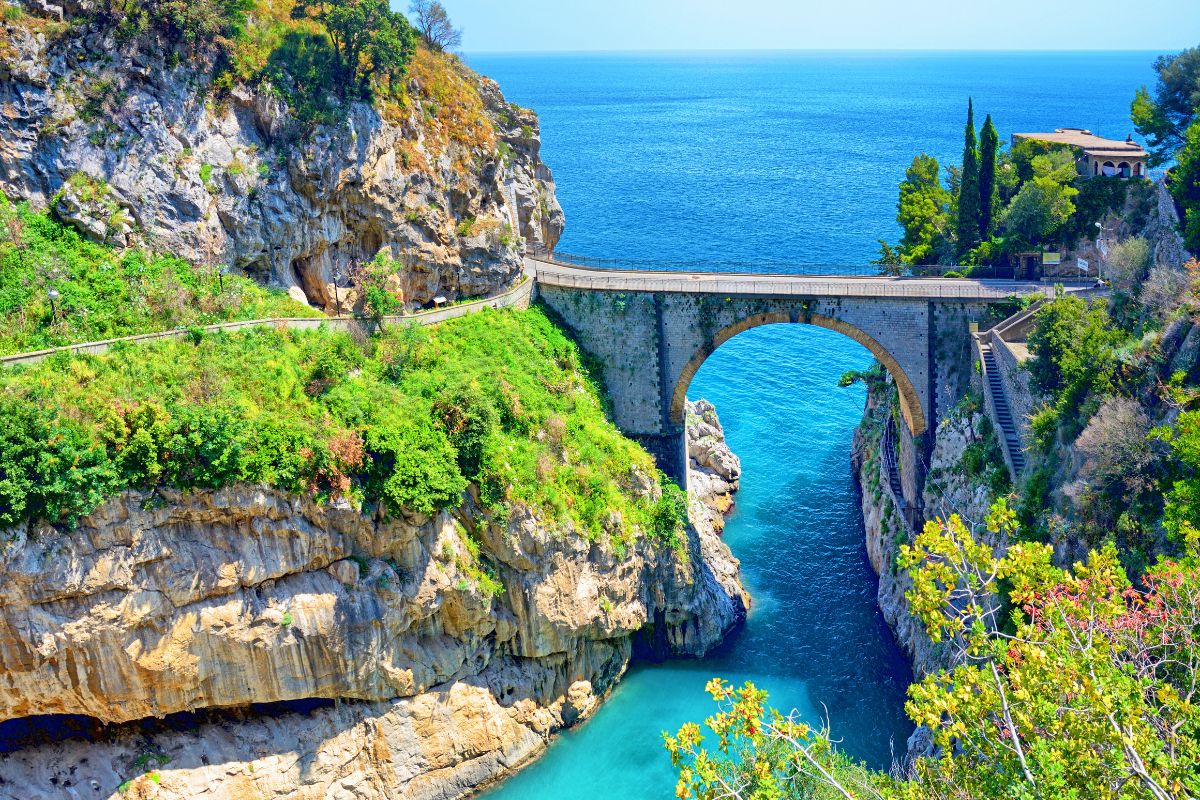
The itinerary then continues with a visit to Amalfi Cathedral, also known as the Cathedral of St. Andrew (the patron saint of the city, whose remains are kept in the crypt below). The imposing architectural complex consists of two buildings that were once separate: the cathedral, built in 987 next to the ancient Basilica del Crocifisso, built in the 9th century. With its spectacular staircase and colourful neo-Moorish façade with neo-Gothic influences, it dominates the square of the same name. The interior is characterised by Baroque forms, magnificent polychrome marble and elegant ornamentation. To the left of the portico is the famous Cloister of Paradise (one of the finest examples of Amalfi Romanesque architecture), while the Basilica del Crocifisso houses the Diocesan Museum, which brings together artefacts from the religious history of the diocese, from the Cathedral Treasury and the diocesan territory.
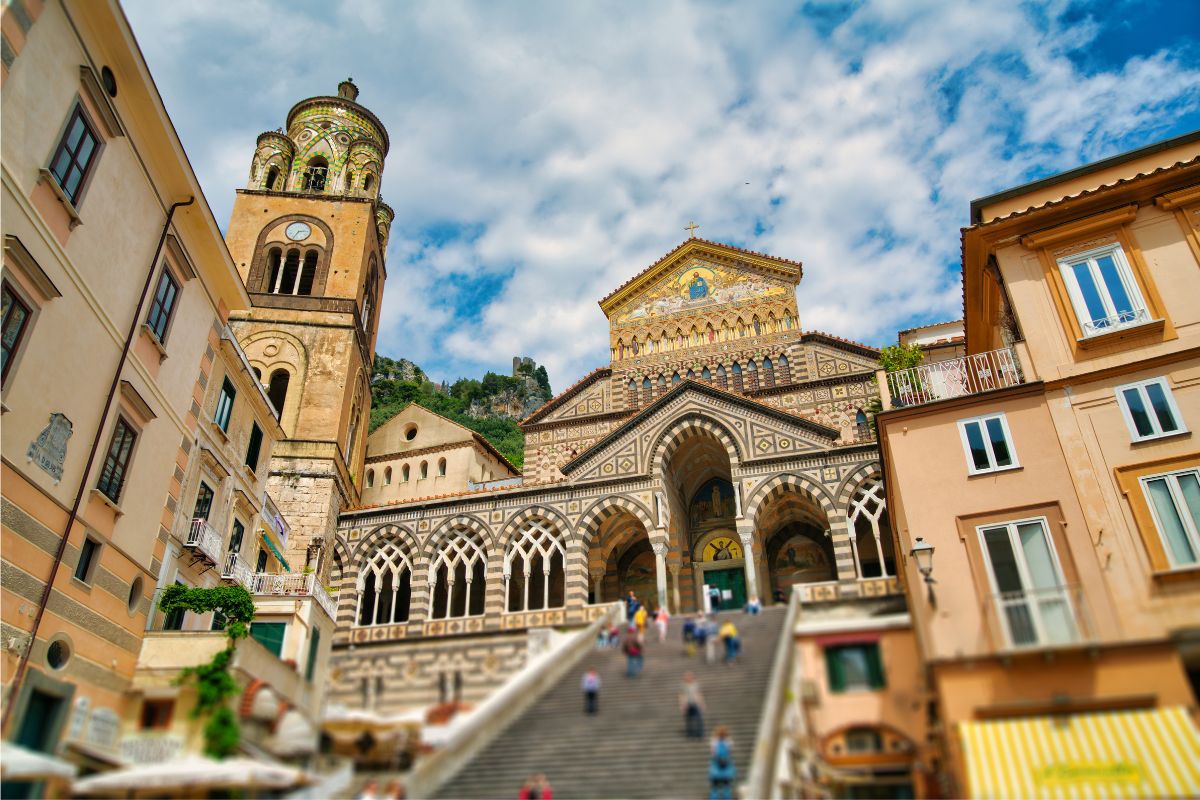
In Piazza Duomo, treat yourself to a delicious break at the historic Pasticceria Pansa, located right next to the cathedral. Founded in 1830 by Andrea Pansa, it retains its 19th-century charm. The shop, with its marble façade, fits perfectly into the architectural balance of the square. All products are handmade and prepared using only the highest quality ingredients, most of which are sourced locally. It offers traditional pastries without shying away from innovation and modernity. Be sure to try the lemon delight (for which the shop is famous), the hazelnut croccantini and the highly prized lemon zest covered with tender layers of dark chocolate (another highlight).
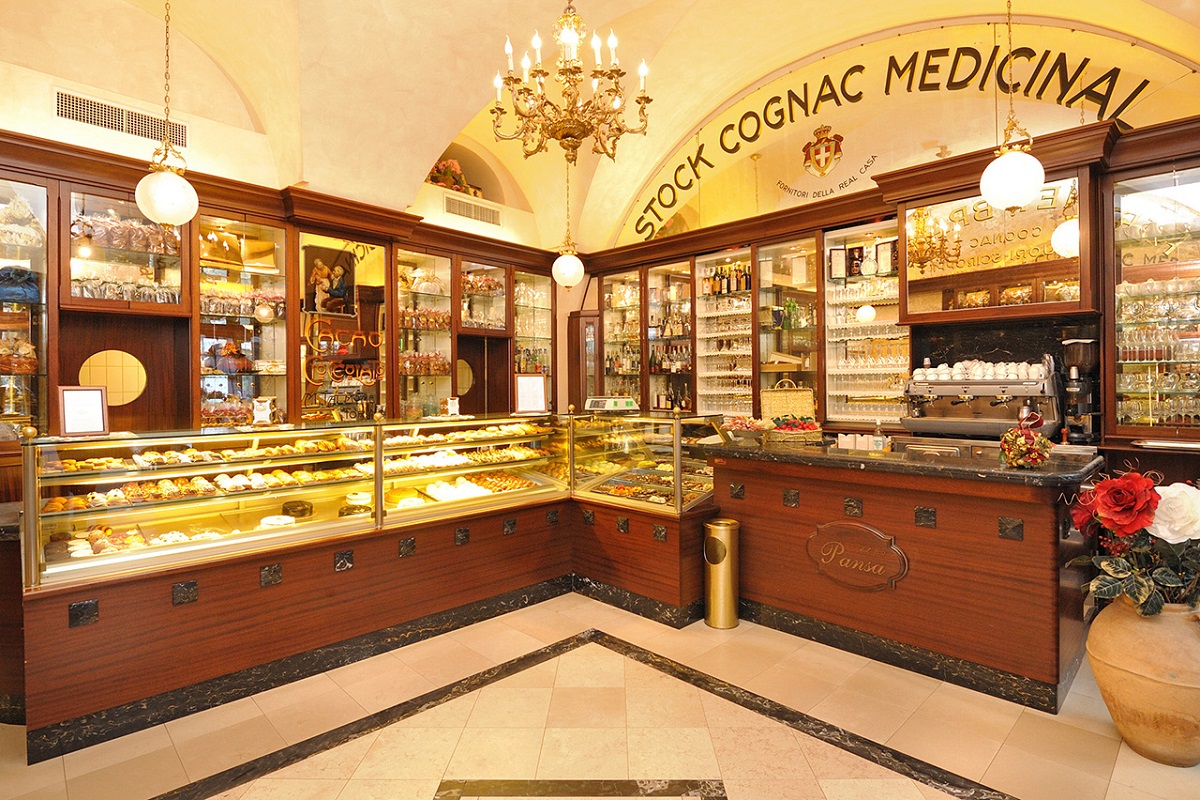
The next stop is Villa Rufolo in Ravello. Overlooking Piazza Vescovado, it is an ancient patrician residence located on a natural terrace overlooking the Gulf of Salerno, 350 metres above sea level. The villa, which takes its name from the wealthy family who were its first owners, consists of a vast complex of structures dating back to different periods and styles. From the Rufolo family, ownership of the villa passed to other noble families (the Confalone, Muscettola and finally the D’Afflitto di Scala families), but it was a Scotsman who bought it in 1851, the botanist Francis Neville Reid, who had it restored, giving it the enchanting appearance we can admire today. The highlight of the villa is the garden, where numerous varieties of plants and flowers are accompanied by breathtaking views of the sea. It is said that in 1882, the famous German composer Richard Wagner, while visiting Positano, had himself carried here on the back of a mule to find inspiration for his Parsifal.
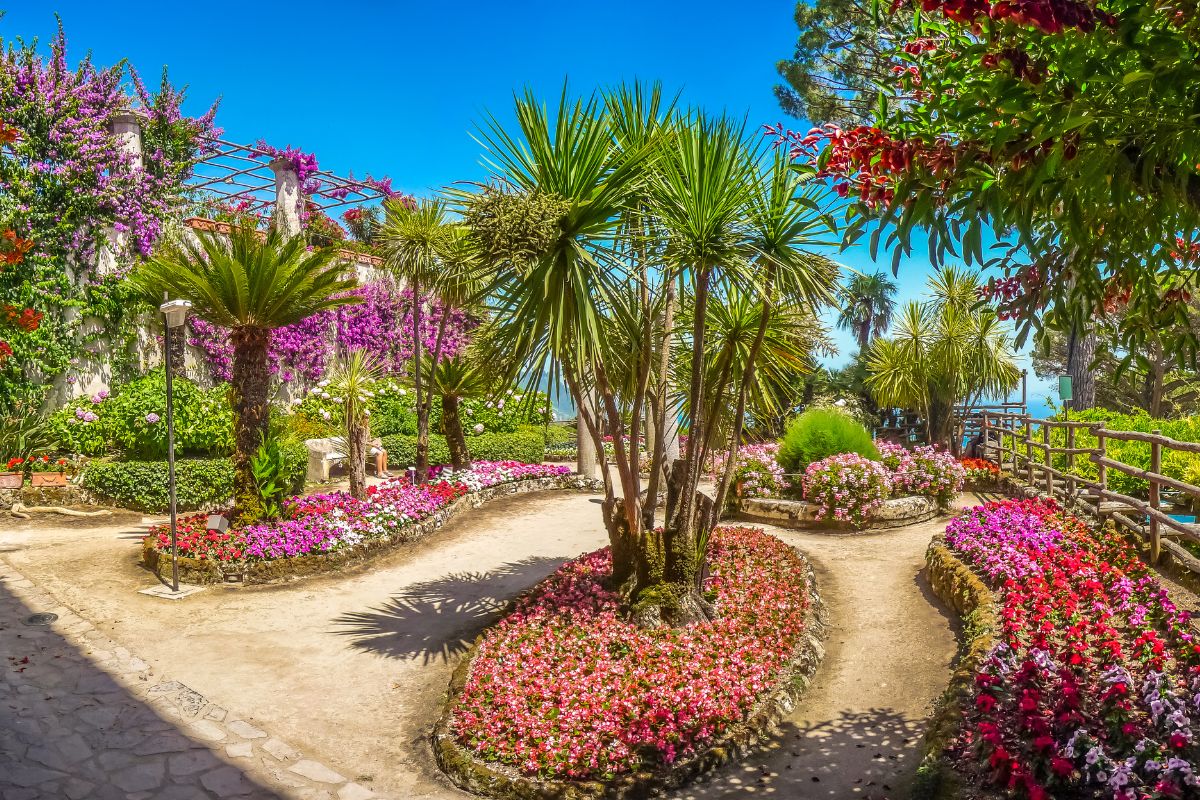
Finally, end the day with dinner at the Acqua Pazza restaurant in Cetara. Located along Corso Garibaldi, it is famous for its spaghetti with colatura di alici, a very tasty sauce obtained from the fermentation of anchovies in salt, following an ancient process that local fishermen have handed down for generations. In addition to spaghetti with colatura di alici, we also recommend trying the octopus carpaccio in an oil and lemon emulsion with fresh fruit and the fish fillet with Amalfi sfusato lemon.
